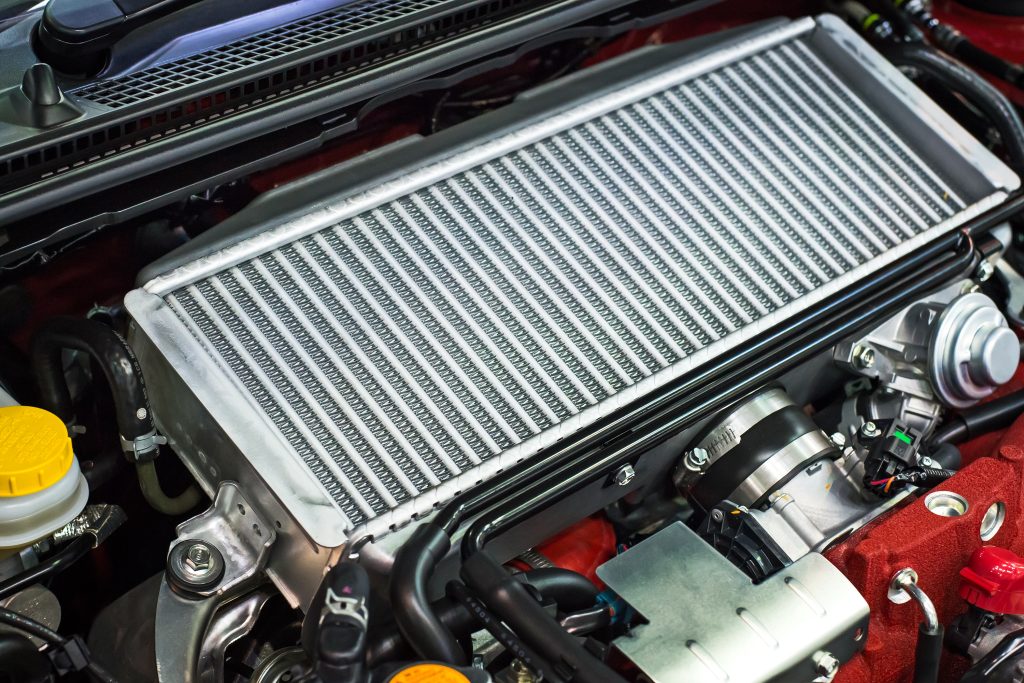
Your car’s cooling system is one of its most critical components. Its job is to control the temperature in your engine and prevent your car from overheating. The radiator is a key part of this system, as it removes the heat from the engine. A radiator problem can result in serious engine damage if it’s not fixed promptly. As your Chrysler dealer, we want to show you some signs that you may need a radiator repair with us.
Failed Thermostat
Coolant is composed of antifreeze and water. Its function is to remove the heat generated by your engine. This liquid is pumped through the engine in response to an increase in temperature. The coolant absorbs heat and transports it to the radiator. In the radiator, hot coolant enters the tubes and is cooled by airflow.
The thermostat controls the release of coolant, and it opens when the engine temperature reaches a pre-set level. A damaged thermostat can prevent the release of coolant, and your engine will rapidly overheat. We can test the thermostat and replace a damaged one very quickly.
The Fins Are Damaged
The front of your radiator is composed of numerous aluminum tubes known as fins. These fins provide a large surface area for heat exchange, replacing engine heat with cooler outside air. Hot coolant flows into the tubes, and airflow across the tubes removes the heat. The tubes are designed to withstand high temperatures, but they can still be physically damaged.
Stones, sand, or other objects blown in through the radiator grille can dent the tubes. A single damaged tube isn’t necessarily a problem, but if more tubes are damaged, the radiator will start to fail. Blocked tubes will restrict the heat exchange process, and your engine temperature will rise. Depending on the level of damage, we may be able to repair the damage or replace the radiator.
Leaking Radiator Cap
The cooling system is highly pressurized, which allows coolant to move swiftly through your engine. The radiator cap controls the system pressure. The radiator cap will open to release surplus pressure generated by the hot coolant and then closes again. The cap is securely affixed to the top of the radiator and supported by two air-tight seals.
Over time, the heat and pressure can cause the seals to shrink or crack, and coolant will leak out. Leaking coolant reduces system pressure and slows the cooling process. As the cooling system slows down, your engine temperature will rise. Our technicians will examine the radiator cap and seals and repair or replace them for you.
A failing radiator can cause engine damage. Call us ASAP at Coughlin Marysville CDJR, and we’ll fix the problem.








